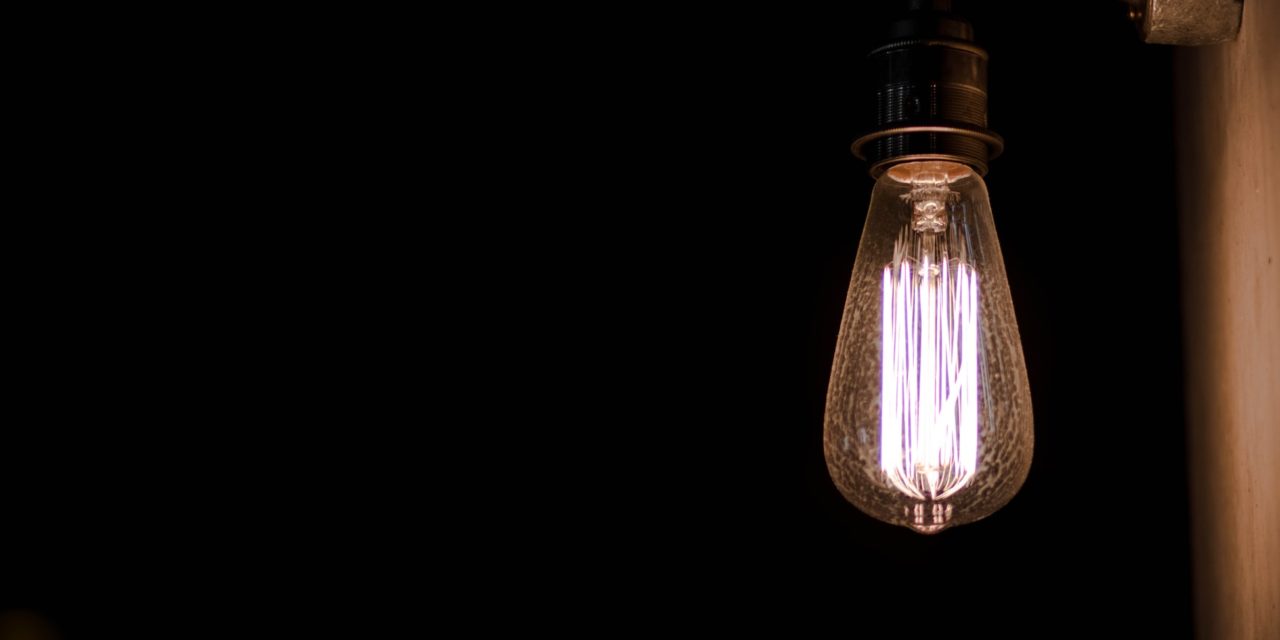[ad_1]
One of the most important principles to understand when designing a recessed lighting layout is beam angle. In recessed cans, the light is produced in the shape of a cone. You picture the light starting as a point at the light fixture and forming a circle on the floor. The beam angle is the angle of this light out of the bulb. For example a 60-degree beam angle will produce a circle of light about 9 feet across on the floor if the fixture is 8 feet off the floor. See a
Diagram.
That is just one part of the formula. That circle of light we now have on the floor is not all the same intensity. About five and a half feet of that circle is good intense light while the remainder is spill over and diminishes as it gets further from the center. This is very important to understand. With this information, you can overlap the spill over light so that you end up with a nice even light pattern over the entire area you are trying to illuminate. Something to remember when you are planning this out is something called the work plane. This is an area about 30″ above the floor. It is an area where most tasks take place.
The work plane is important because as the distance between the light fixture and the surface to be lit decreases, so does that circle we spoke about. In a living room or den, designing the lighting plan so that we have even light on the floor is fine. In a kitchen though, this work plane becomes far more critical. This is why in a kitchen, keeping recessed lights about 4 feet apart, creates a pattern that is even on the work plane with the intense portion of the circle.
There are some other things besides the bulb and the can that shape the light pattern. The finish trim on recessed lights can vary the pattern of light. A wall washer creates a half cone that can be directed at a wall or fireplace. A pin spot trim can direct the light in a very narrow beam to light a small object.
This should give you a basic idea of what is involved when you undertake a recessed lighting layout. If you would like to learn more or have questions, please visit us at the links below.
(c) Copyright 2005 Paul Forte. All rights reserved.
[ad_2]
Source by Paul Forte


